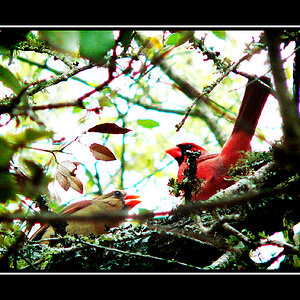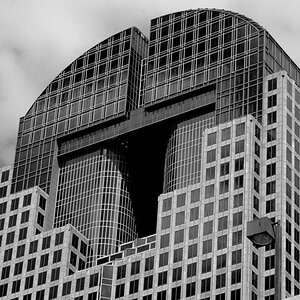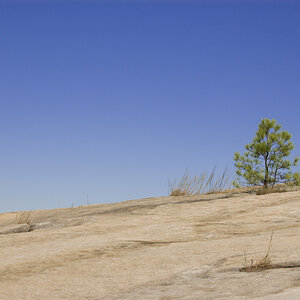Sicboi
No longer a newbie, moving up!
- Joined
- Feb 15, 2014
- Messages
- 292
- Reaction score
- 33
- Can others edit my Photos
- Photos NOT OK to edit
These people are just like the rest of them. They think they have it made. Good subjects just because. These people are not regulars, but this place is popular to people flocking here putting on a show. I found it appropriate to photograph it.




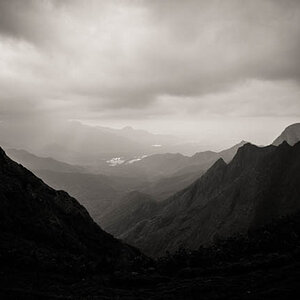

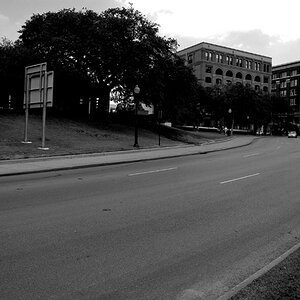

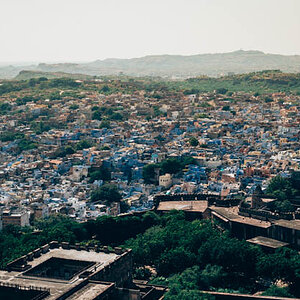
![[No title]](/data/xfmg/thumbnail/38/38740-d1a7721cf77e9309a9b4a4829c65fdd4.jpg?1619738704)
![[No title]](/data/xfmg/thumbnail/38/38739-1ad36a46750bafbe805f009b4453e8be.jpg?1619738703)
